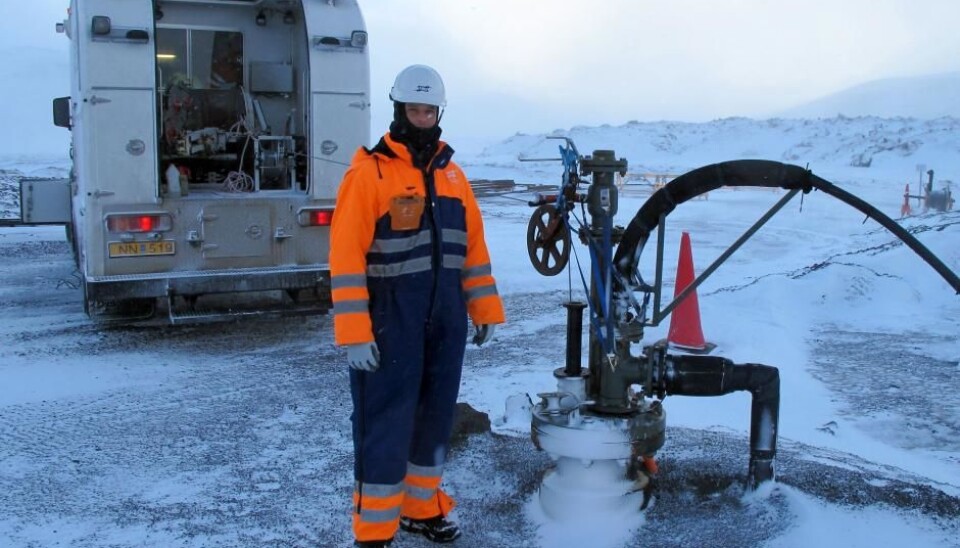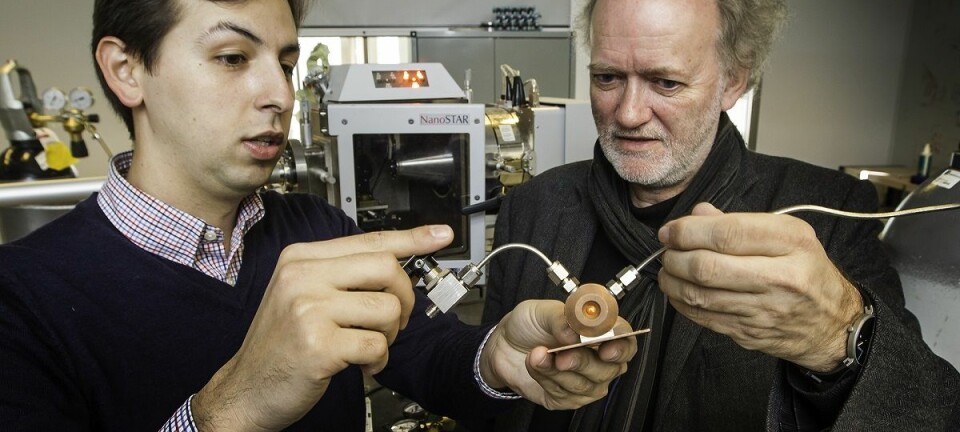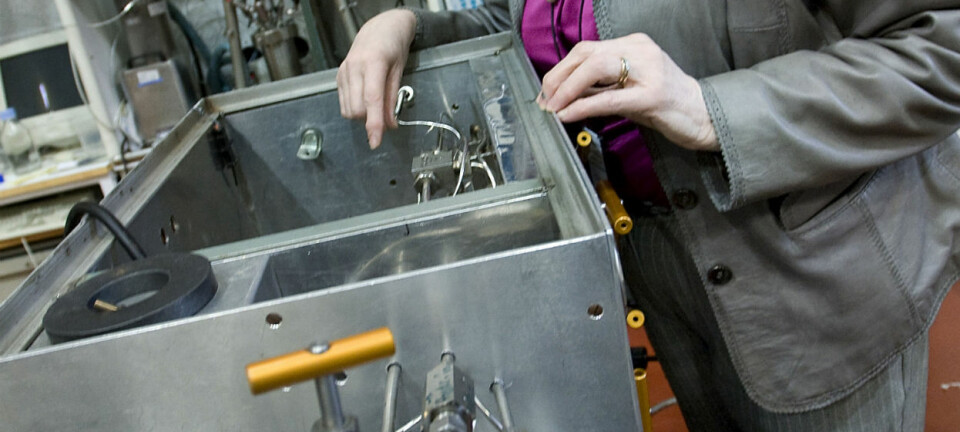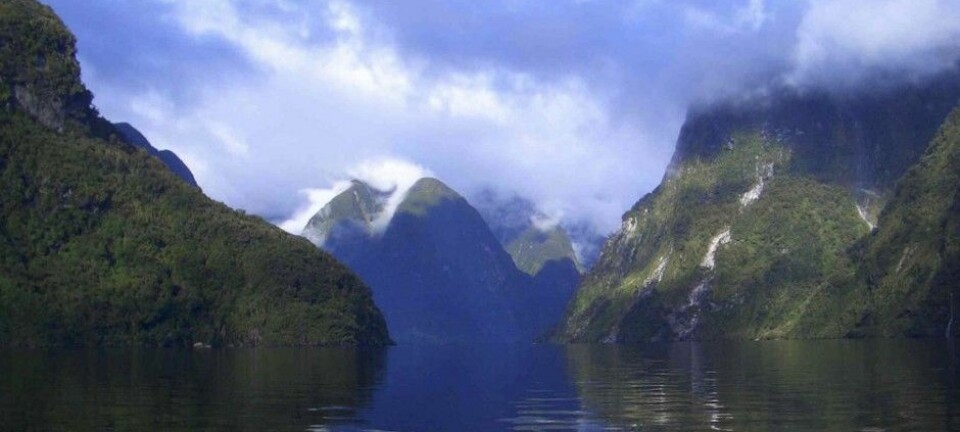
Pumping CO2 into volcanic rock transforms it into limestone in record time
The greenhouse gas was pumped into basalt rock and turned into limestone in just two years.
Scientists have developed a fast and secure type of carbon capture and storage (CCS) and successfully demonstrated that the greenhouse gas CO2 can be converted into solid limestone in just two years.
CO2 is dissolved in water and pumped into volcanic basalt rocks. Here it is transformed into calcium carbonate--limestone--where it can be safely stored as solid rock and help to combat climate change.
“Within two years, 95 per cent of the CO2 we injected had been converted into calcium carbonate--a very stable material,” says co-author Knud Dideriksen, assistant professor at the Nano-Science Center and Department of Chemistry at the University of Copenhagen, Denmark.
The study is published in the journal Science.
New method: fast and safe

One of the problems with existing CCS techniques is that CO2 gas can easily escape from the ground, says Dideriksen.
"It means that you have to monitor the places where you inject CO2 to make sure it doesn’t escape," he says.
But this problem is tackled by dissolving CO2 in water.
"We dissolved the CO2 [in water], making it heavier than the liquid already down there. The solution dissolves the [basalt] rock and reacts with the CO2 and rapidly forms calcium carbonate," says Dideriksen. "Our method is a fast, effective, and safe way to inject CO2."
Well-known methods takes thousands of years
The speed with which the new method converts CO2 into a solid rock is promising, says senior scientist Niels Poulsen from the Geological Survey of Denmark and Greenland (GEUS), who has studied CCS techniques for many years. He was not involved with the new research.
“[The chemical reaction] can take somewhere between 1,000 to 10,000 years in a sandstone reservoir. In the basalt, the CO2 is converted so quickly that it doesn’t have the opportunity to escape through cracks in the rock. It’s incredible that it can happen so quickly,” says Poulsen.
Dideriksen agrees.
“The CO2 was converted much faster than we ever hoped. Calculations showed that it could take eight to ten years, but it went much faster. Of course, we’re very happy,” he says.
CCS under way in Iceland
At a test site east of Reykjavik, scientists have pumped up to 230 tons of dissolved CO2 into the calcium-rich basaltic bedrock.
The water easily penetrated the porous, fine-grained rocks, down to a depth of 400 to 800 metres. They added a tracer to the dissolved CO2 so they could see if any of it escaped later on.
Eventually the pump broke down as it had become completely in-filled with calcium carbonate. The scientists took a bore sample of the newly formed calcium carbonate to confirm that it was formed by the pumped CO2 and they were astounded by how fast the whole process had been.
Reykjavik Energy are already adopting the technique and plan to inject 10,000 tons of CO2 per year, says Dideriksen.
Ideal CCS for Industry
CCS has the potential to reduce global warming by removing CO2 from the atmosphere and storing CO2 emissions from industry.
“In Denmark we’re moving quickly towards carbon-free energy mix. So I don’t think that CCS is necessary for our energy production, and the same goes for other developed countries,” says Poulsen.
“But many developing countries are still dependant on coal, and we have a lot of high emission industries that we cannot do without such as the steel, cement, aluminium, fertiliser, and paper industries. It could be interesting if we could store a part of this CO2,” he says.
“The U.S. is working on a method to capture CO2 straight from the atmosphere. That would allow us to deal with emissions from traffic. And if you have a power plant running on a biofuel such as wood chips or pellets, then we can reduce the atmospheric content of CO2 by injecting and storing the CO2. There’s a future for this,” says Poulsen.
--------------
Read the Danish version of this story on Videnskab.dk
Translated by: Catherine Jex









